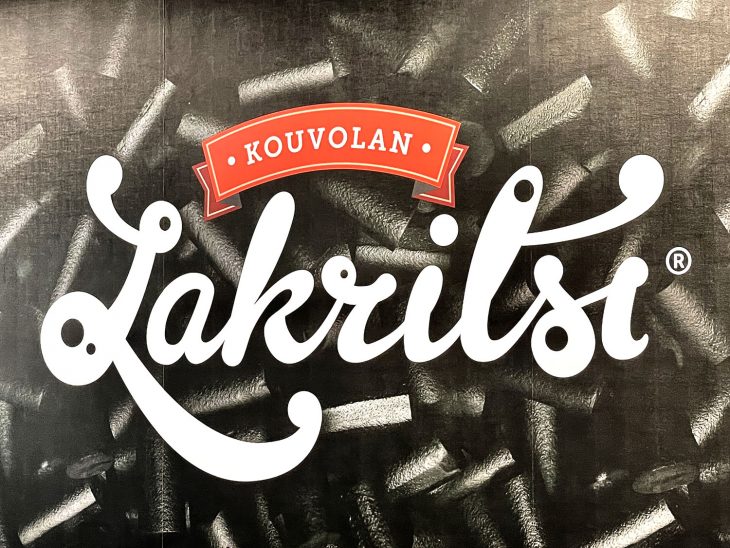
An interview you can’t prepare for – what’s the point?
Vol 26, Issue 19, 15 March 2024
Last time, I wrote about students preparing and presenting their training pitches for one of our Xamk Grant Pilot positions at Kouvola Liquorice. This week the student applicants went into the next round where they were to present their marketing research topics to the new CEO, Santeri Nisula, and Recruitment & Research Consultant for Eezy Personnel, Sanna Tukiainen. In addition to the applicants’ prepared presentations, an unexpected and surprising next stage awaited them – one which could not be prepared for.
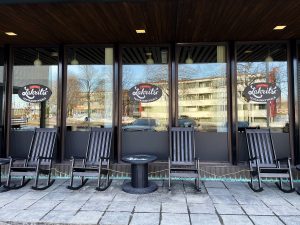
Firstly, the marketing presentations went smoothly, and each applicant brought their own ideas to the table. There was a mixture of presentation styles, and material, but all were well made and professional. Some applicants went with the traditional style of presenting what seemed almost like a marketing plan, while others put more emotion, feeling, and themselves into their presentation. At the end of the presentations, all of the ideas impressed the interviewers, but a couple did stand out mainly through the way in which they presented.
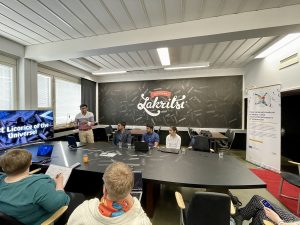
The next stage was one which applicants could not have prepared for and for which they were not informed of beforehand. Moving downstairs to the factory shop, there were three simple tasks awaiting the applicants – “knowing your product”, customer service, and finally creativity.
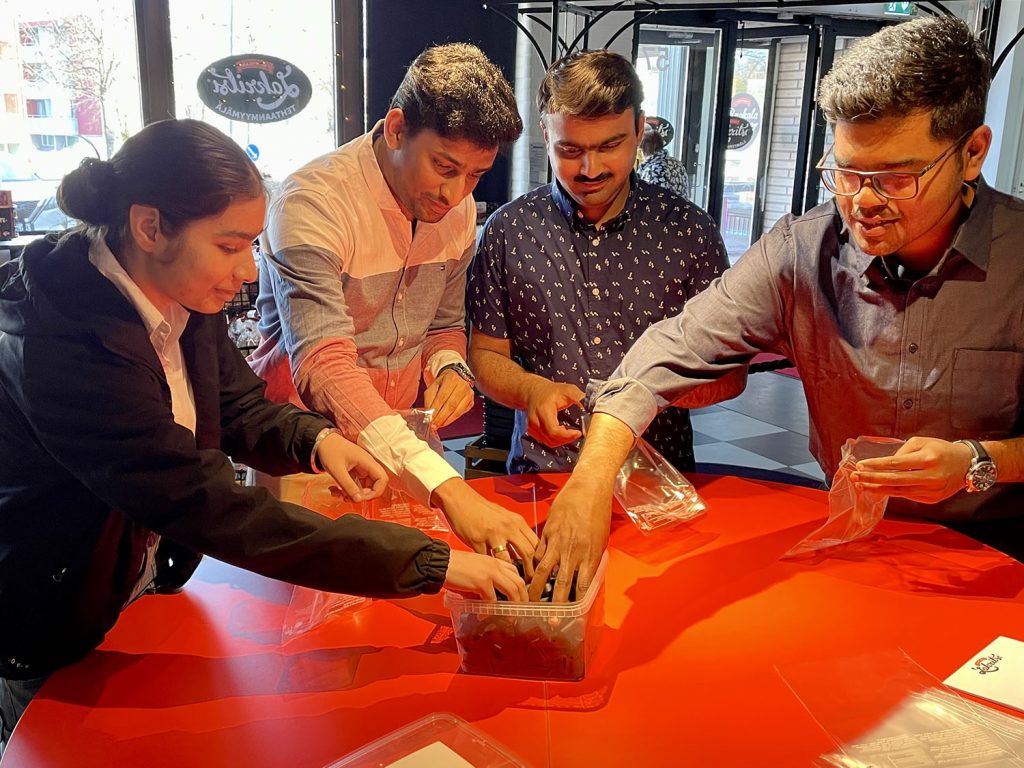
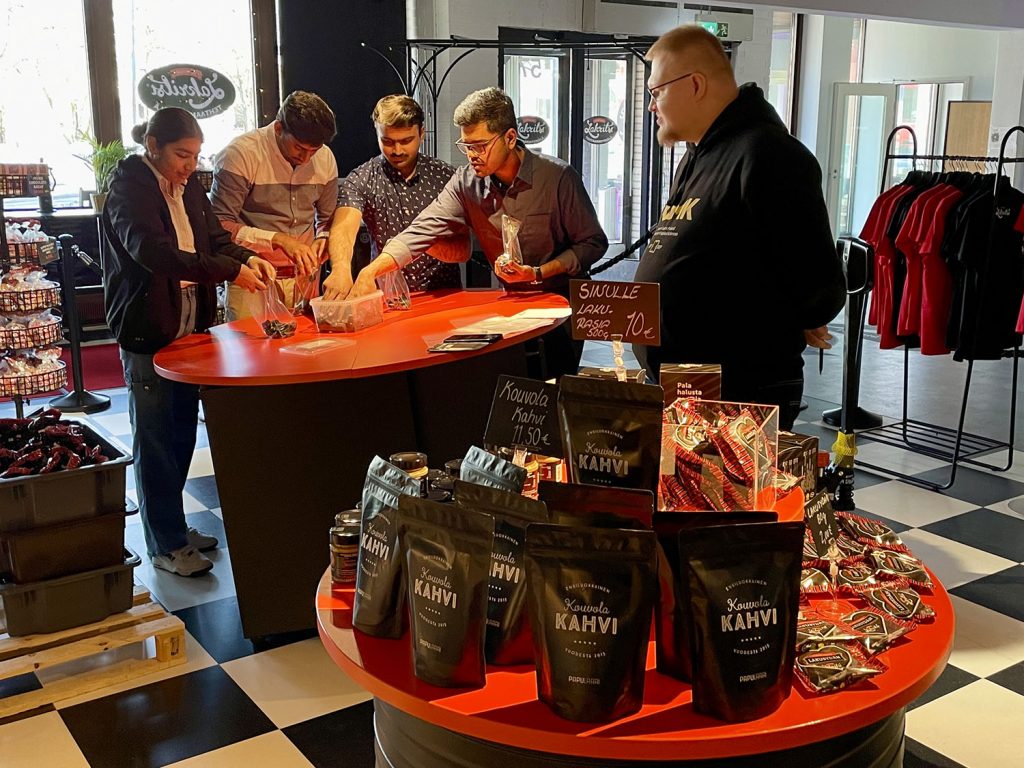
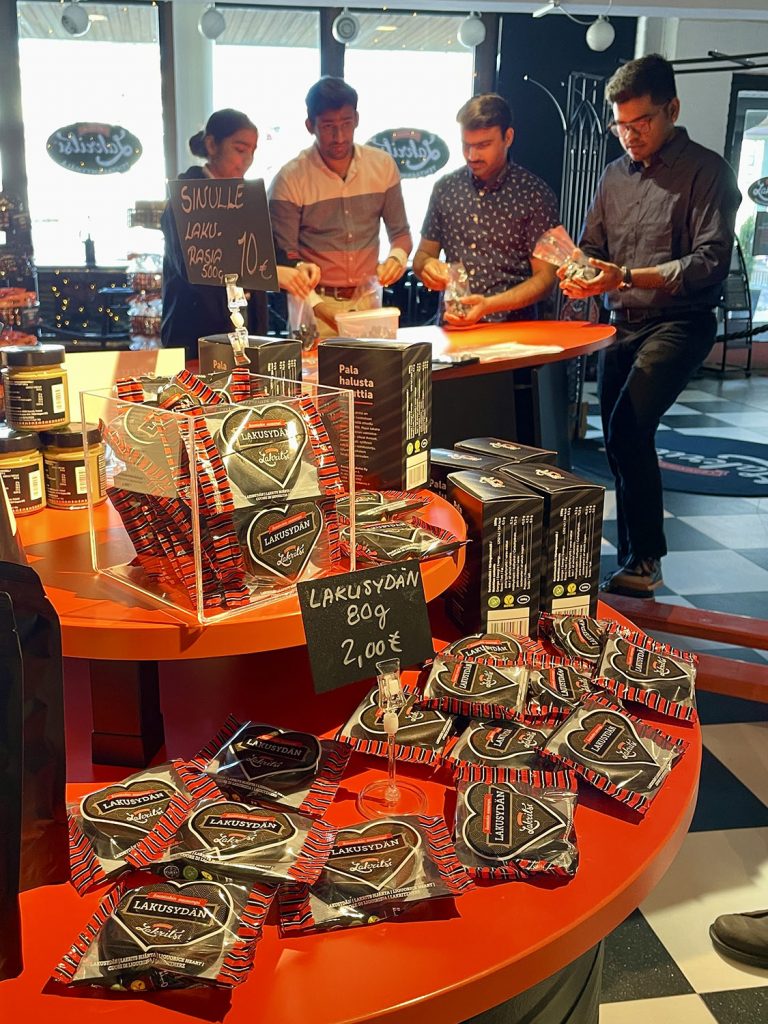
The first task was simple in itself, applicants were given a 2 kg box of liquorice and each had a plastic bag. They were given one minute to fill their bag with precisely 300g of liquorice. At the end of the time, each bag was weighed to find who had come closest, and the winner had managed to bring their bag in at 341g – not a bad result.
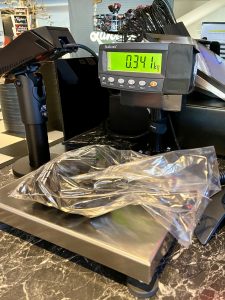
The next stage saw each applicant taking their turn behind the sales counter greeting and service a celebrity customer – none other than Baron Timo Nisula, the current CEO who is stepping down from operations management in favour of his son this year. In turn, each new sales person greeted their customer, answered their questions, and provided a sample of liquorice. Timo remarked that each of the applicants handled the situation well, and even though applicants did not get to see each other’s performances, each following applicant seemed to do slightly better than the last.

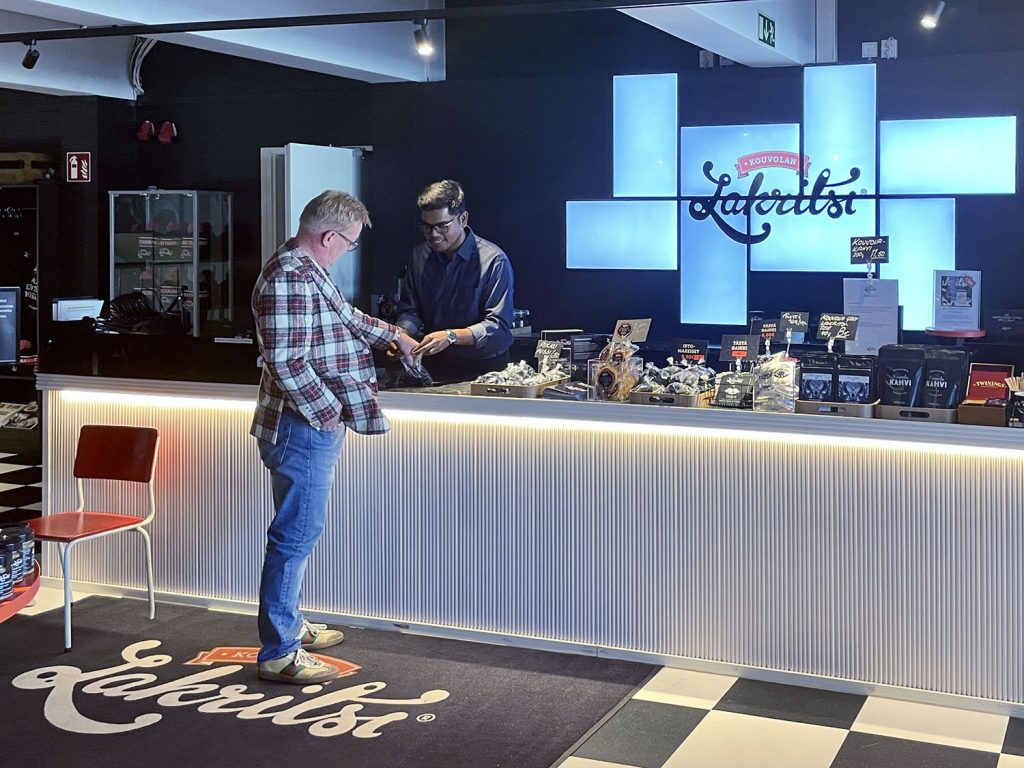
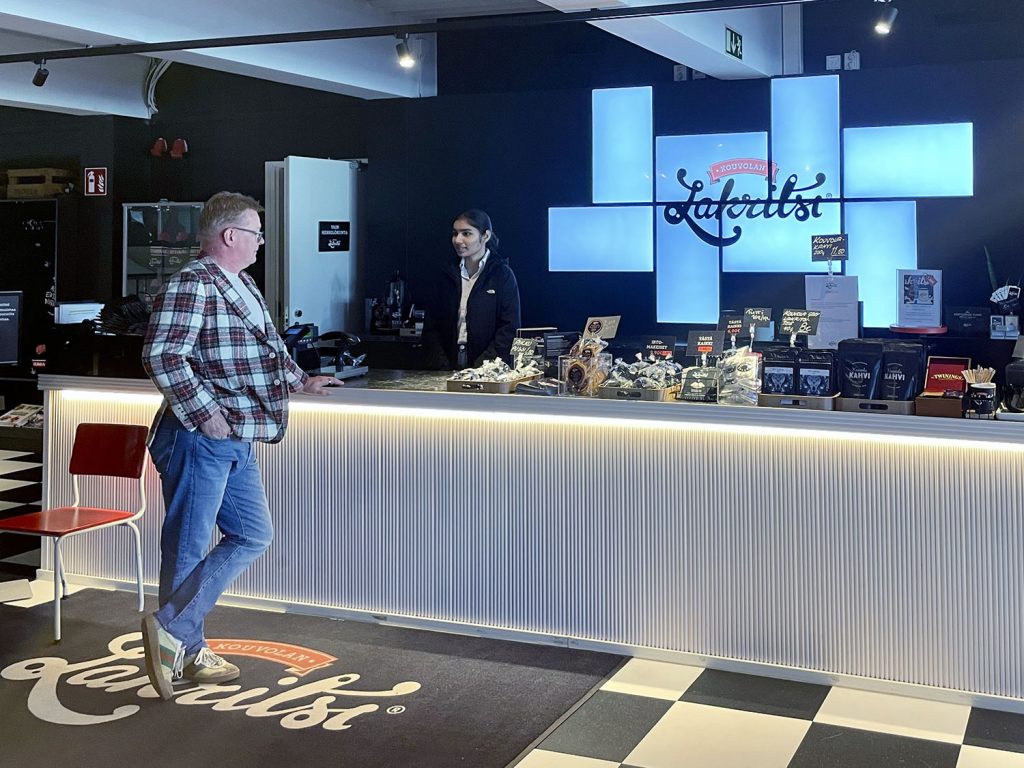
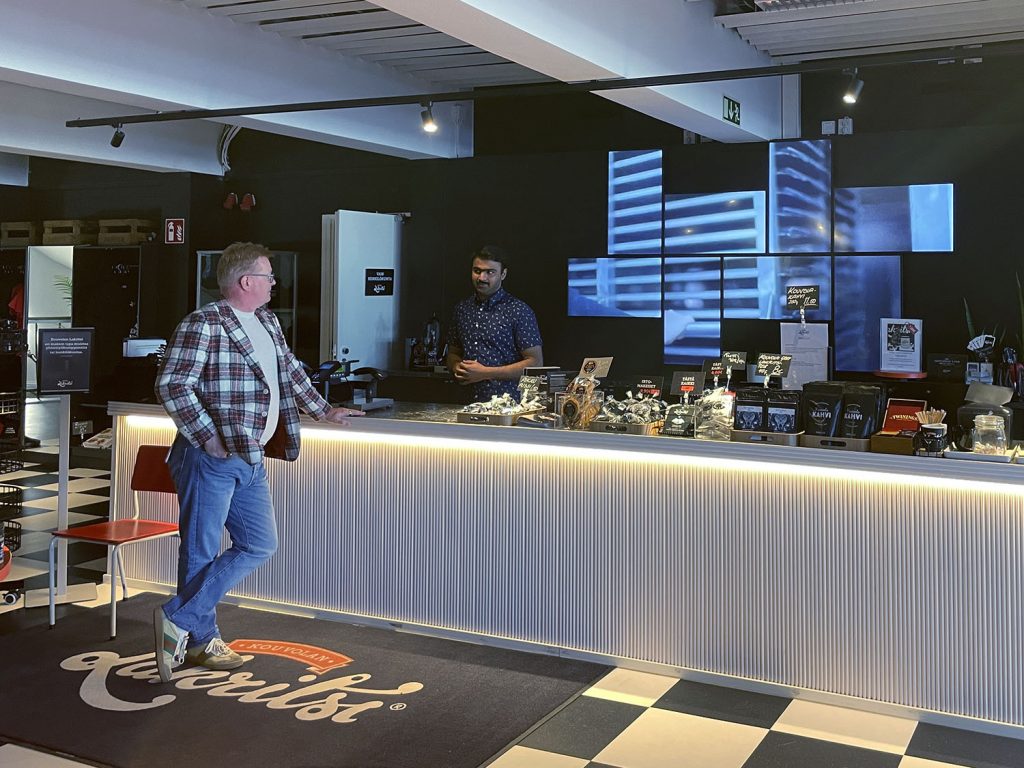
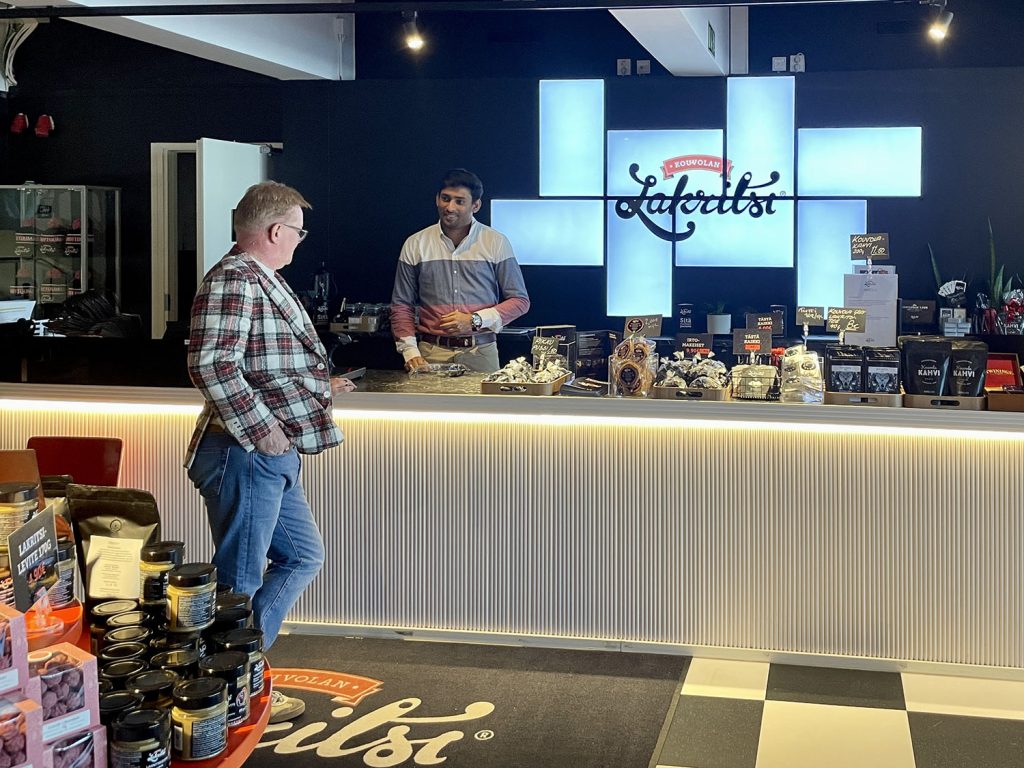
The final task was to see if the applicants had any creative skills. The task was six minutes to come up with a piece of “art” using their bags of liquorice pieces. Each piece was different, but one in particular caught Santeri’s eye, and he even remarked that it would look good scaled up and made as a centrepiece in the factory shop – high praise indeed!
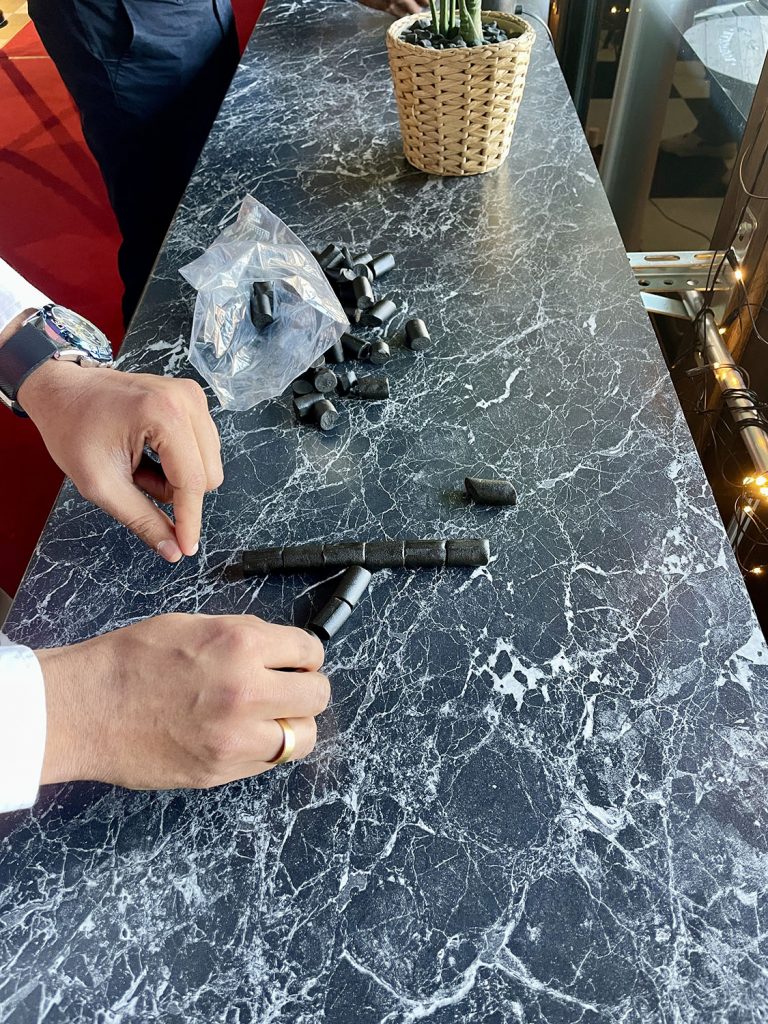
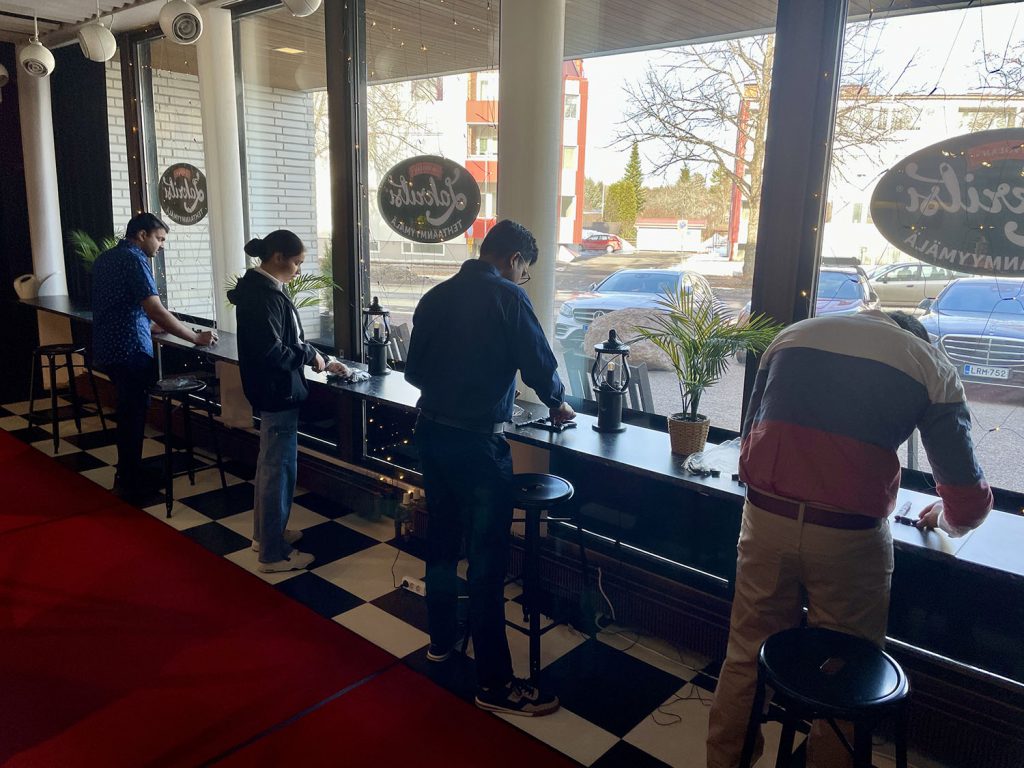
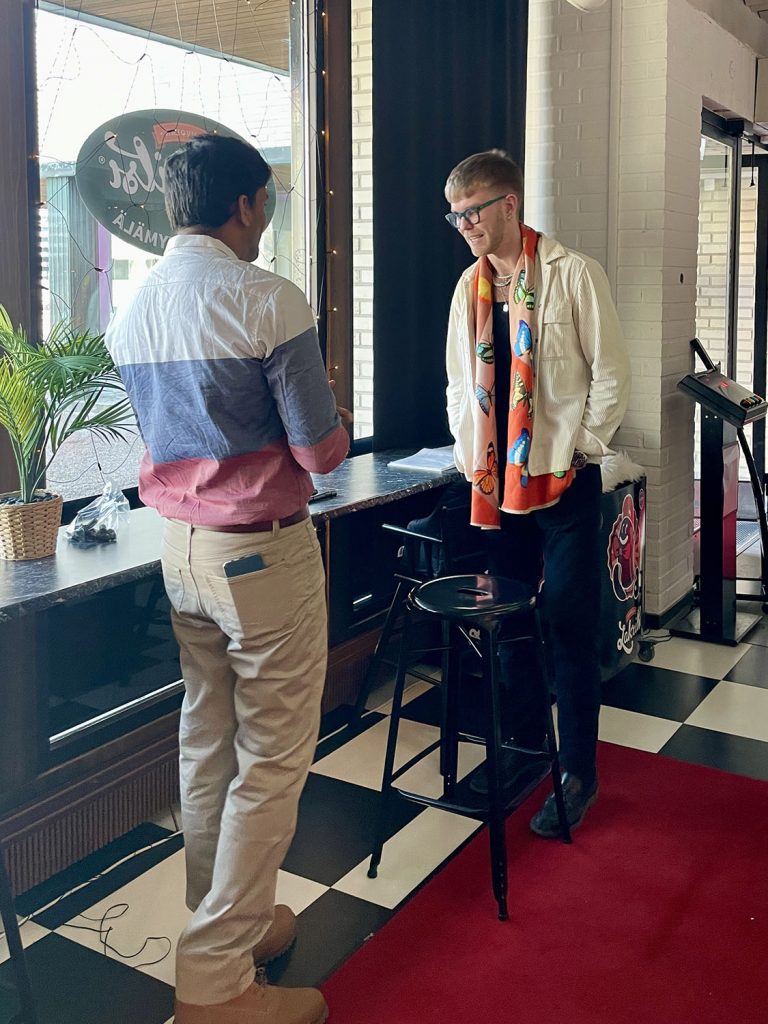

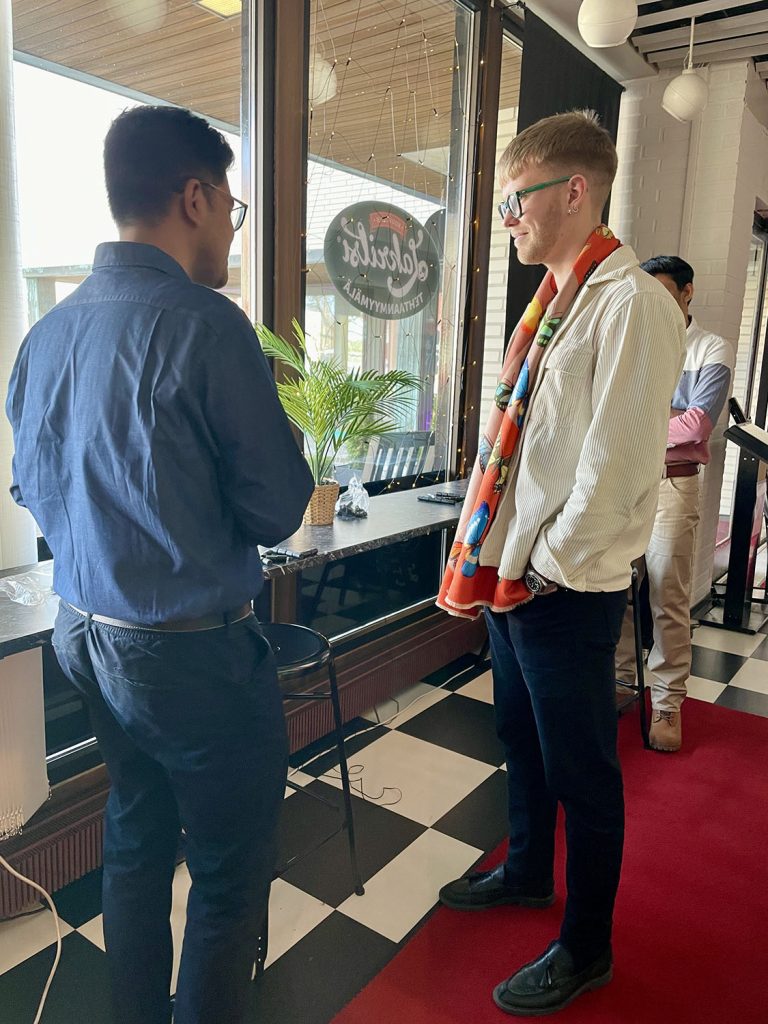
So back to the title of this article, if you can’t prepare for an interview – what’s the point? Shouldn’t that be the actual idea of an interview, that you prepare yourself for it? Well in some ways yes, such as the pitches and marketing ideas. They take some time to research and put together. But on the other hand, we know applicants can prepare for these kinds of interviews and spend a lot of time doing so, but then what are we assessing, the applicant’s dedication to spending hours and hours putting a presentation together and rehearsing speeches?
As I wrote some time ago, what employers are increasingly looking for today is creativity and personality. That can only come through in face-to-face encounters and when there is two-way communication it goes deeper to revel more of the person’s character. Add in job simulation tasks and unexpected situations and you can see how applicants really respond to new surprise circumstances.
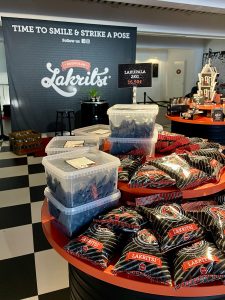
The idea is not a new one, just underused by the majority employers. We tend to stick with the traditional job application formats – application with CV, shortlisting, interviews, selection. It is tried and tested, and in most cases the applicant selected usually works out – but how many better potential candidates might there have been with their personality and creativity shining through if the selection process had allowed it? How many perfect candidates get rejected simply because they didn’t answer the interviewer’s questions in the expected way? It’s time employers took a step back from traditional methods and take a look at how they can be more creative in their selection methods if they want more creative employees.
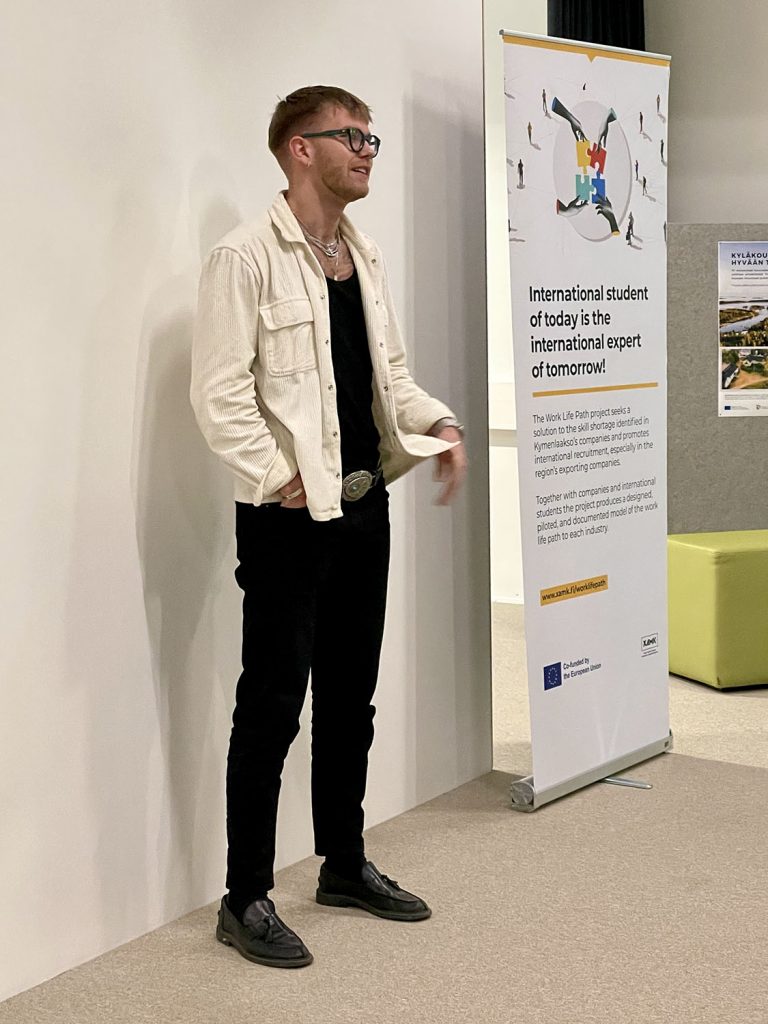
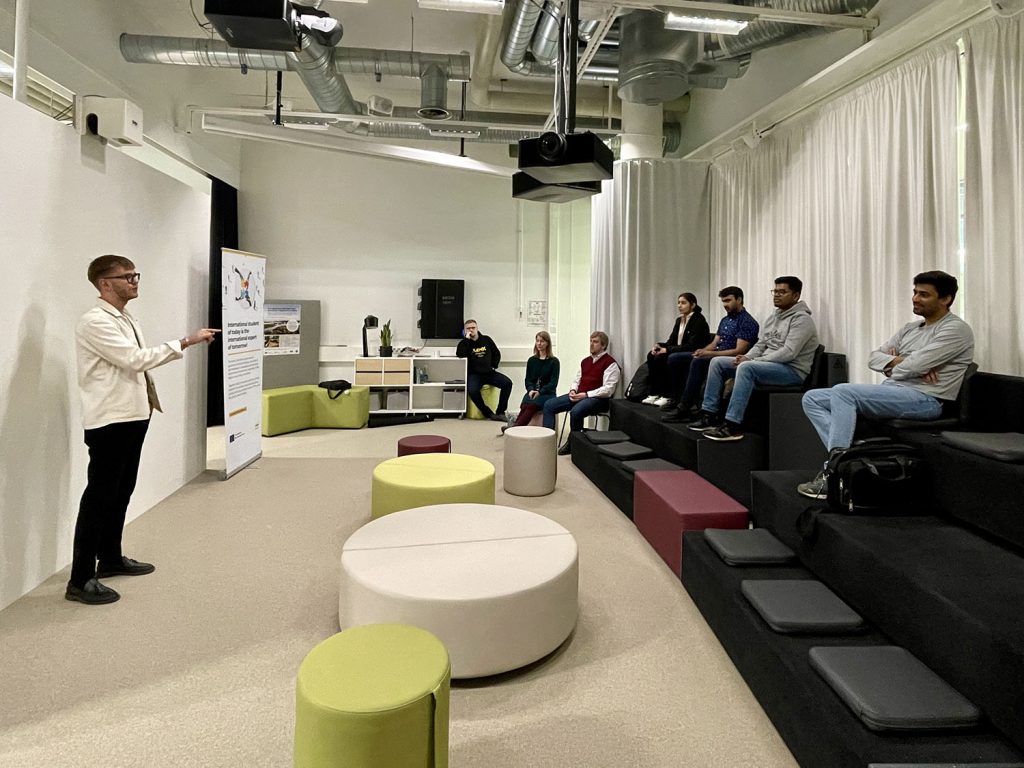
The final outcome of this particular round of the selection process came the day after the pitches and task based interviews – the revelation of who was selected for the position in Kouvola Liquorice. The applicants gathered at the Kouvola Campus and Santeri Nisula was there to give his feedback and evaluation mainly for the marketing pitches. He mentioned each applicant’s strengths and gave constructive criticism as things applicants could think about for future presentations and pitches. He also remarked that as they were so varied and individual, he would have liked to employ each applicant but alas there could be only one – and that one was Sandun Silva.
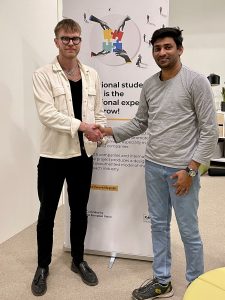
Sandun was clearly emotional at being chosen, and mentioned that he has sent hundreds of job applications since arriving in Finland last autumn, and this is the first positive result. Sandun will start his training in May this year, and we wish him good luck in the position, especially as a fellow Insider!
- First impressions last – dress to impress for an interview - 15th November 2024
- If we had true unity, could Europe be run like a Business? - 27th September 2024
- BIP – Rijeka, Croatia - 13th September 2024
